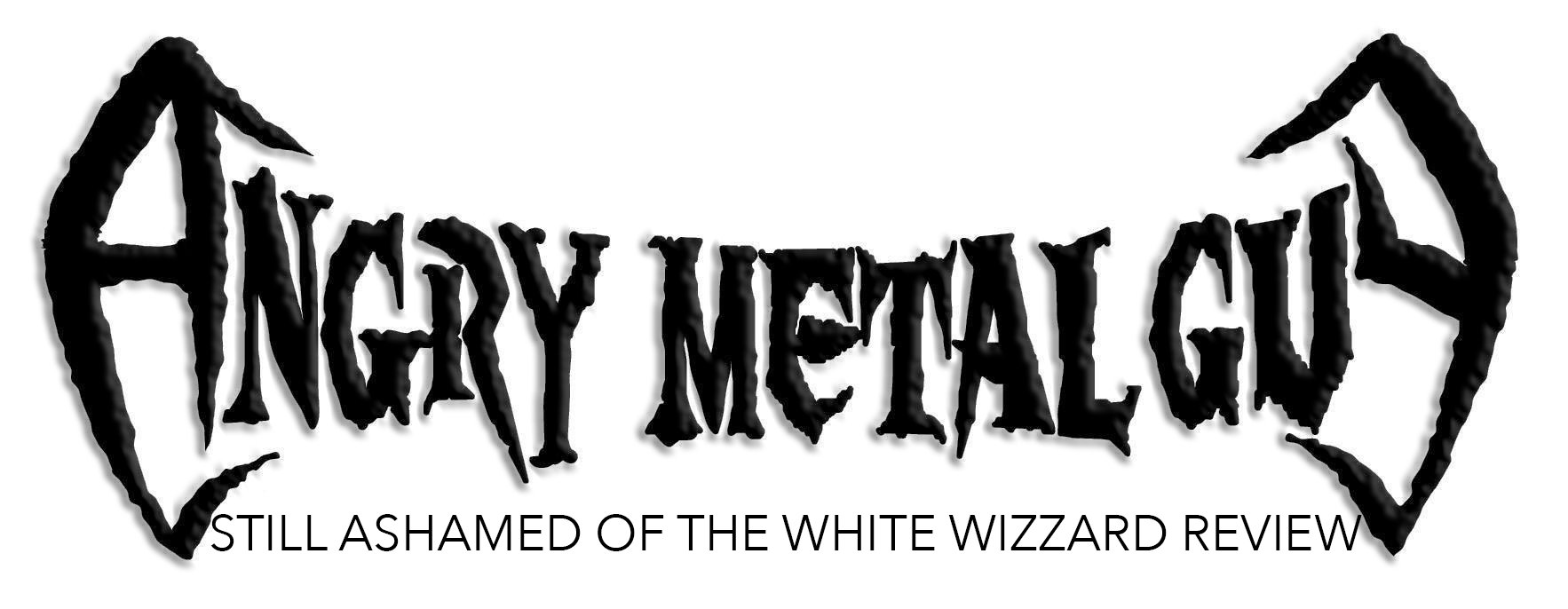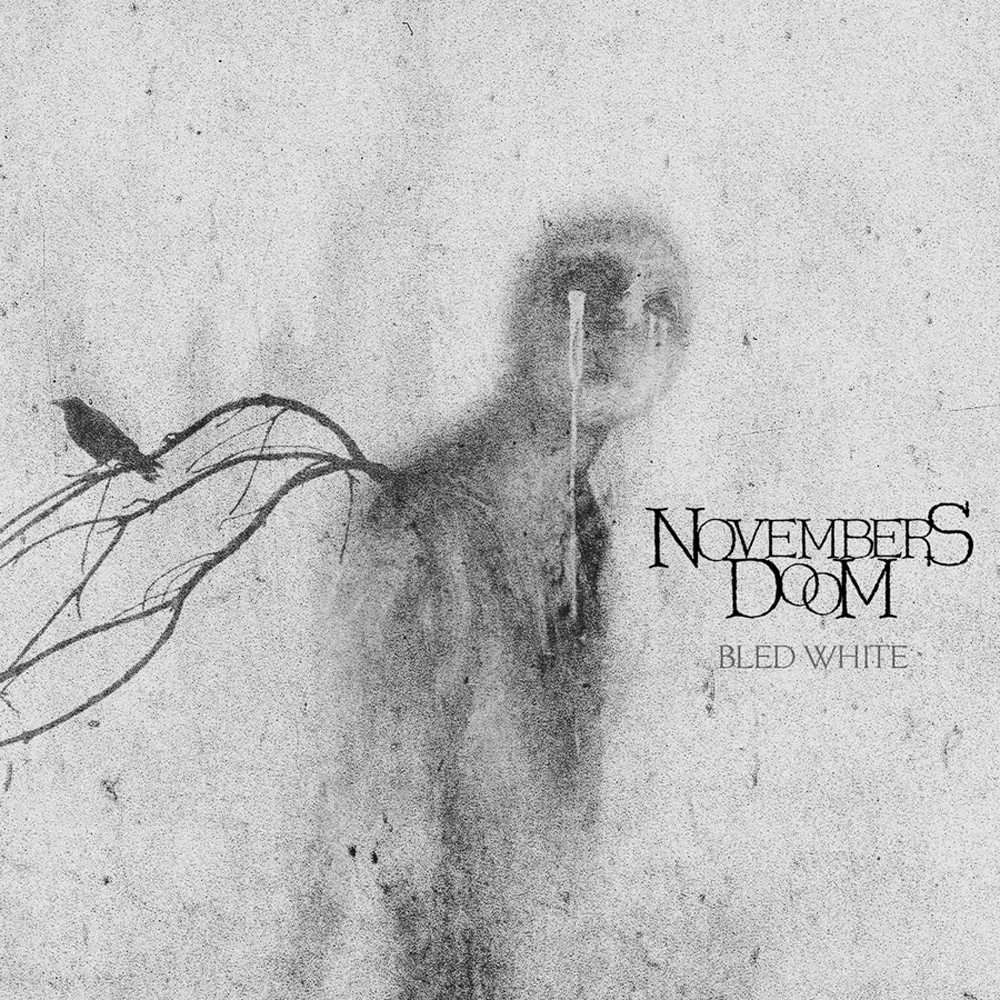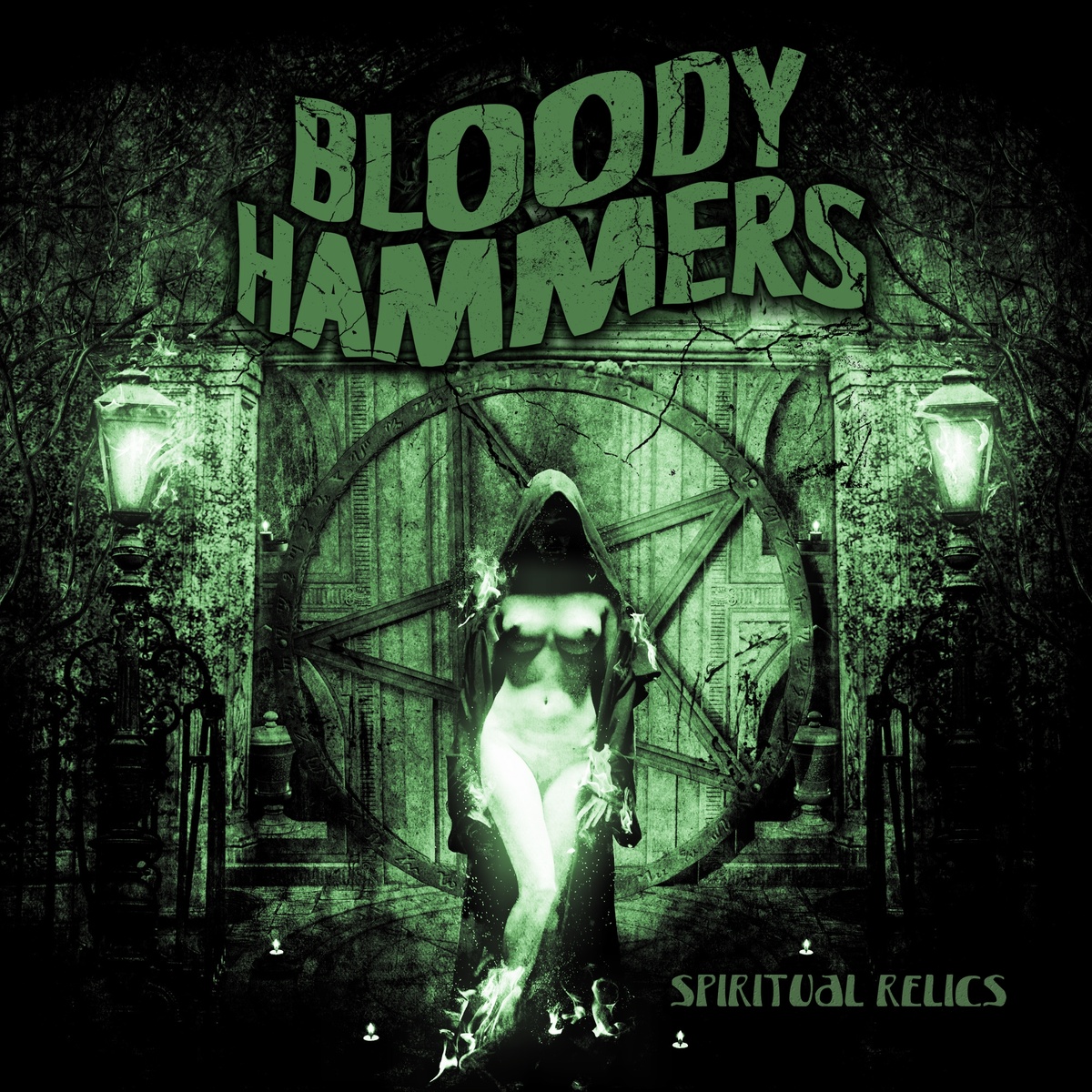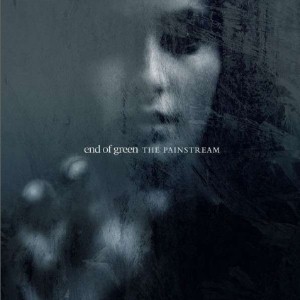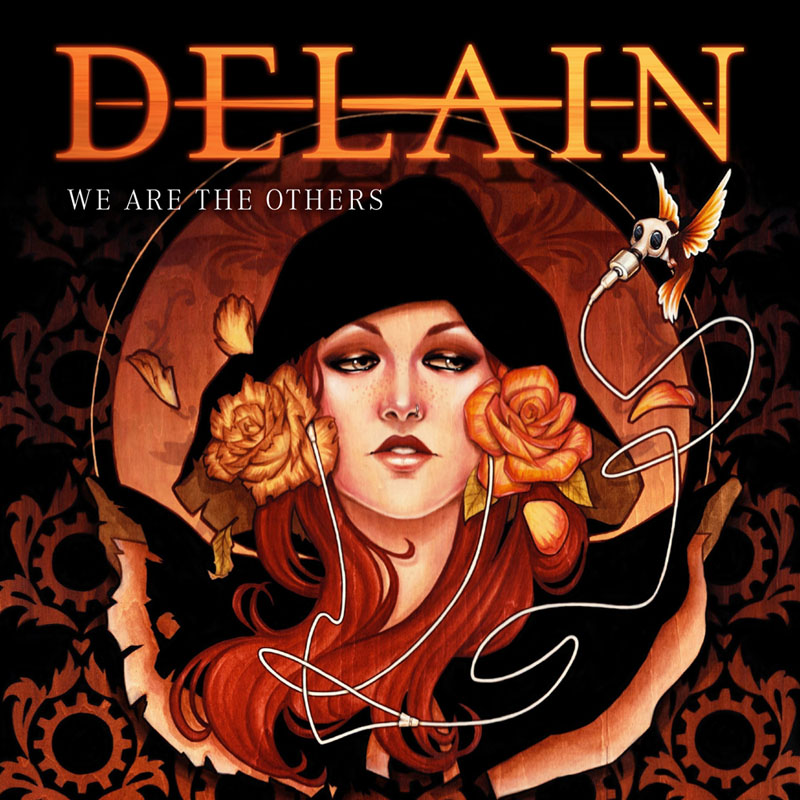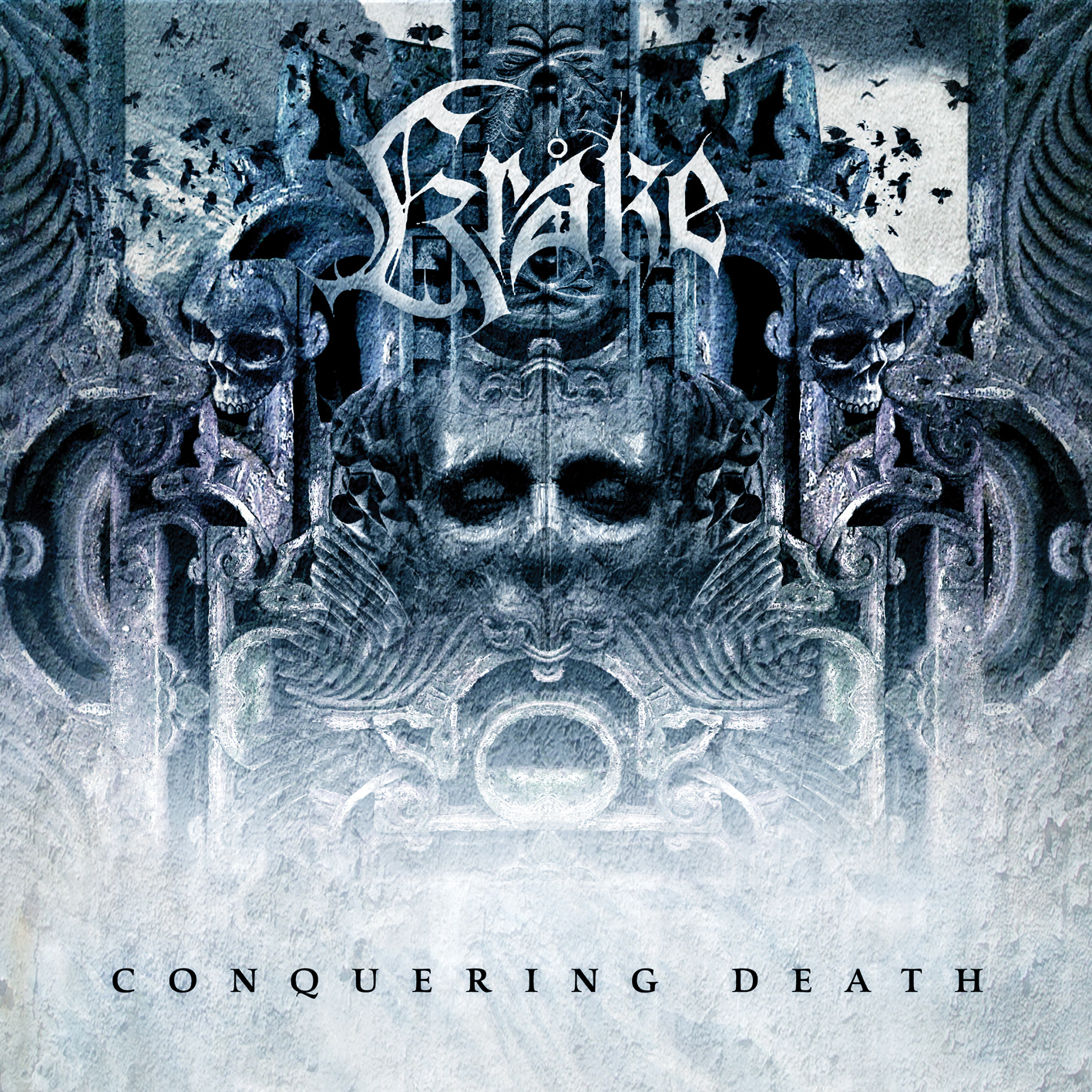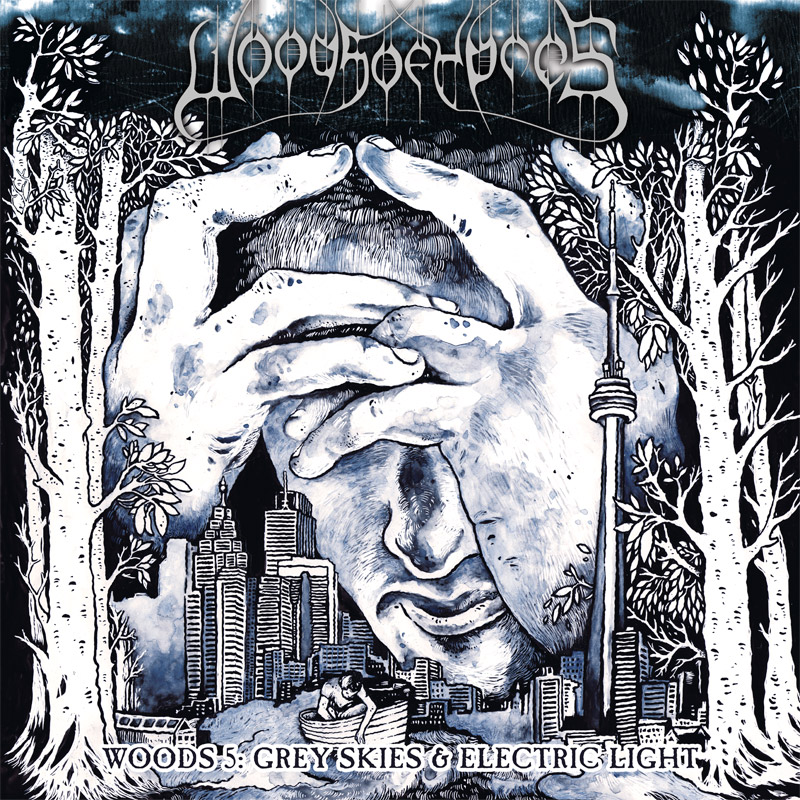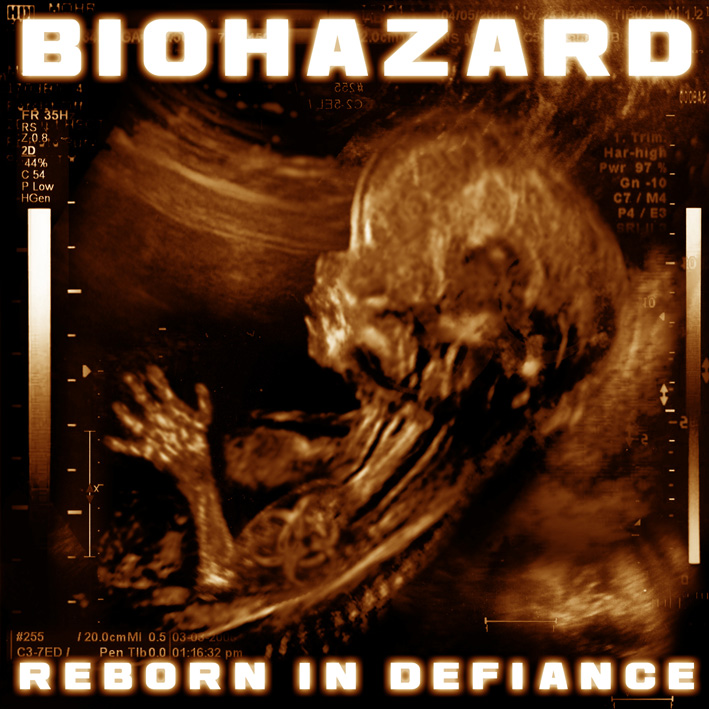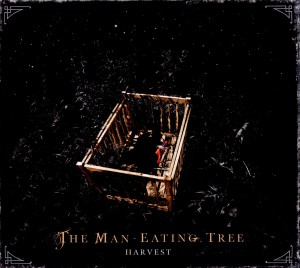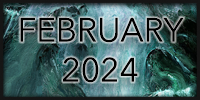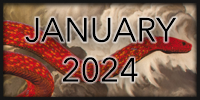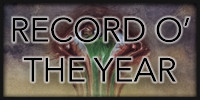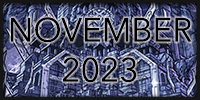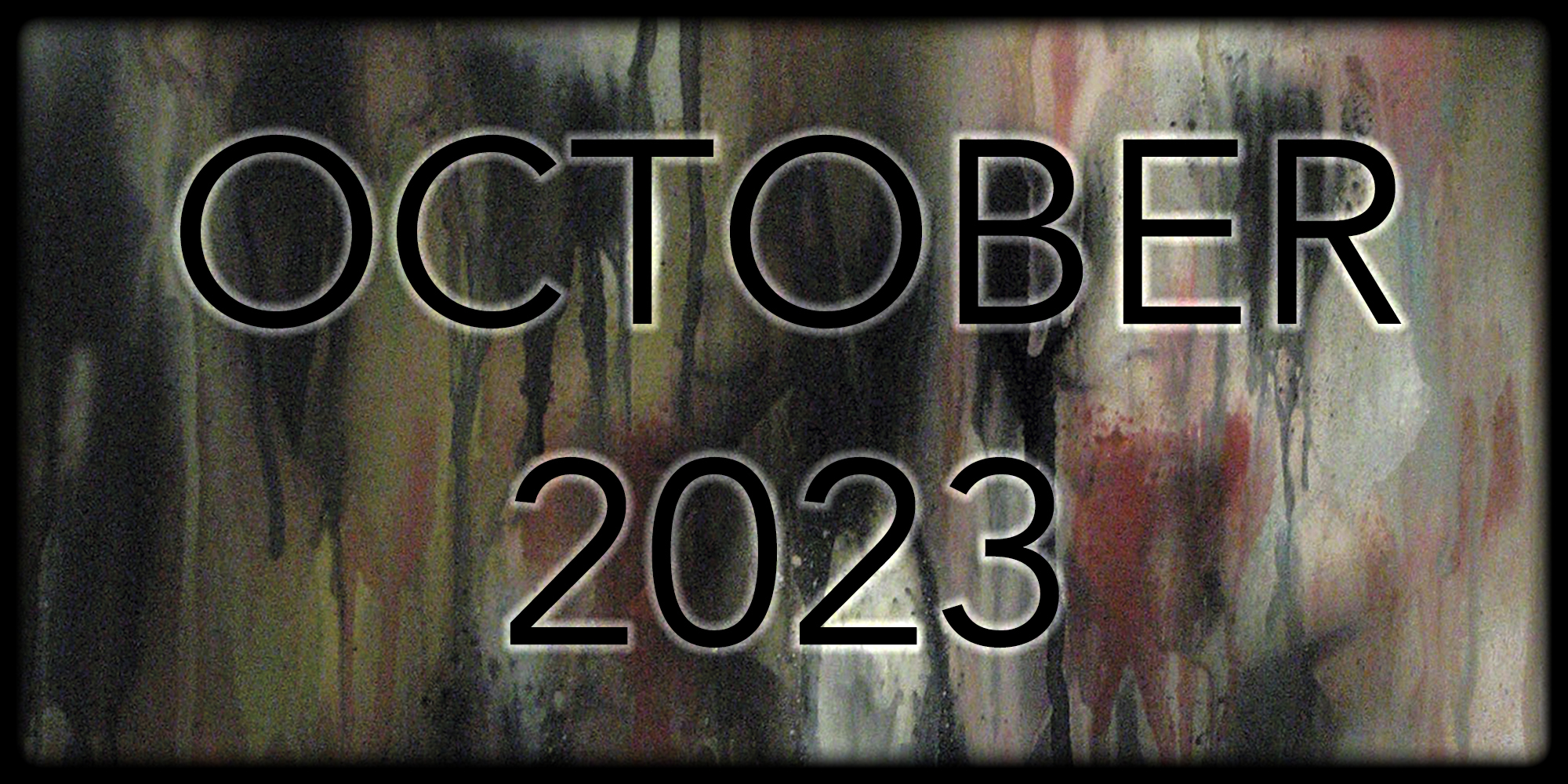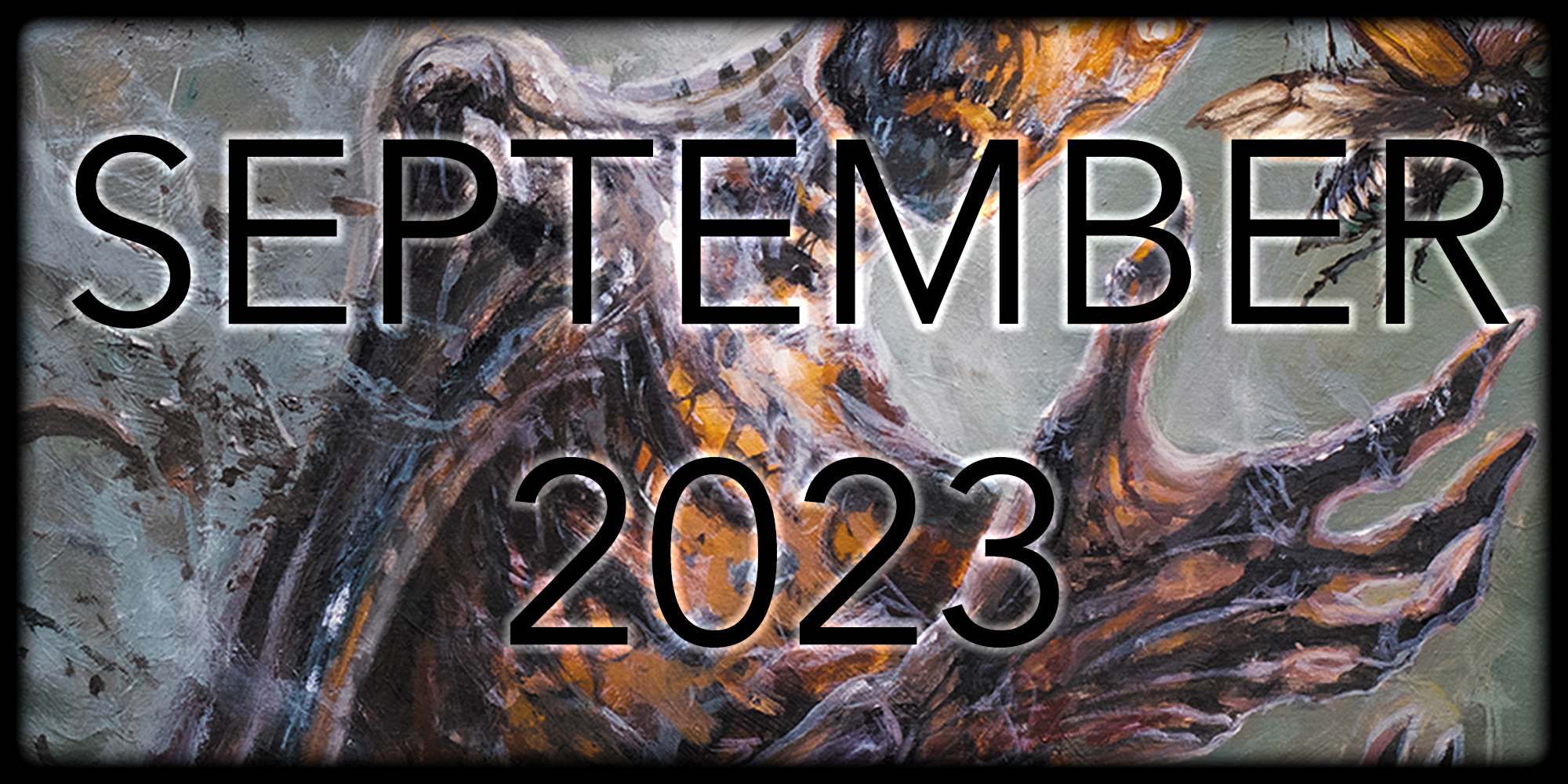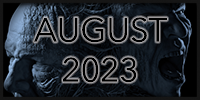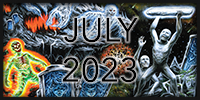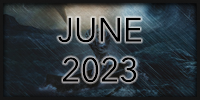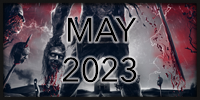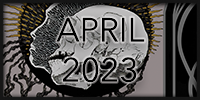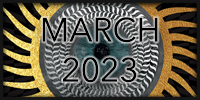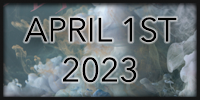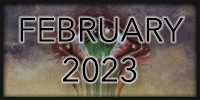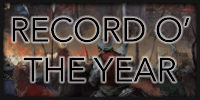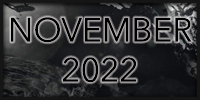“Of all the bands skulking around the doom/death catacombs, none manage to trigger more raw emotion in me than Novembers Doom. They aren’t necessarily the best band in the genre, but when they lock everything in, the melancholy pours like rain off a tin roof in Seattle. They’re the authors of one of the most depressing songs of all time (“What Could have Been”) and there’s something unique about their fusion of Paradise Lost and Type O Negative with vaguely Opeth-esque style death metal that really drills deep down into the heart of darkness within.” If you’re staring into the heart of darkness, it must be November!
Type O Negative
Bloody Hammers – Spiritual Relics Review
Well, this is a bit of a surprise. I never heard of Bloody Hammers until I reviewed their self-titled debut in February, and now they’re back with a follow-up a mere seven months later! Talk about productivity! While I liked aspects of the debut and their Hour of 13 and Witchfinder General meets Danzig approach to retro “occult rock,” things felt a bit underwhelming as a whole and suffered from inconsistent songwriting.” With so little time between releases, is it realistic to expect big improvement on Spiritual Relics? Steel Druhm is here to prep your expectations accordingly.
End of Green – The Painstream Review
“End of Green have a shit-kickingly bad band name. I’ve always hated it, but it hasn’t stopped me from following these guys since their 2002 Songs for a Dying World release. They started life as a gothic, doomy metal act that stole most of their inspiration from Type O Negative, but over the course of their career they’ve drifted toward a more direct gloom-rock style not very far from Entwine, Lacrimas Profundere, late period Sentenced and Katatonia. Their early albums were terribly inconsistent and suffered from some bigtime filler demons, yet their talent was always apparent on a few standout tracks.” We haven’t reviewed a gothy, doom-rock album in a while since we’re usually so obsessed with death metal. To balance the ledgers, here’s a review of something gothy and doom-rocky.
Things You Might Have Missed 2012: Killing Joke – MMXII
Killing Joke has had a long and strange career. Through trends, hard times and trauma, they kept the music flowing and the ideas weird. F.A.G. is here to give you a window into their latest opus, MMXII, which seems to use Roman numerals properly.
Interview with Mike Fleishmann of Vision of Disorder
Deep inside we knew we were still due something. From Bliss to Devastation kept on resurfacing from the depths of our dusty, imaginary shelves lost somewhere in our memory. The years following Vision of Disorder’s (VOD) split in 2002 saw them being held responsible (together with a bunch of other bands) for the birth and growth of nü metal; a genre which overstayed its welcome far longer than it took it to express itself in a constructive manner. If it wasn’t all bad, that was probably because the seeds had been sown by bands like Faith No More, Tool and Rage against the Machine… and Vision of Disorder.
Delain – We Are the Others Review
Delain is a normative rock band from The Netherlands. Normative rock, that’s a new genre.
Kråke – Conquering Death Review
Kråke have chosen to play with the big boys by entering the symphonic black metal arena. Unfortunately, the big leagues are maybe a tad too hard for ’em.
Woods of Ypres – Woods 5: Grey Skies & Electric Light Review
Life (and death) can certainly be strange. How else do you explain one of 2011’s most unfortunate events giving rise to 2012’s most unusual listening experience.
Biohazard – Reborn in Defiance Review
Oh man. Biohazard were one of those bands that really broke me into heavy music when I was just a tyke. While the band’s debut, which oddly enough was largely edited verbally, never did much for me, Urban Discipline, State of the World Address (I still have the version with the orange gel case somewhere), and the much maligned Mata Leao were all albums that dug into my 10 to 14 year old soul and left permanent impressions. Those records were tough, heavy slabs of machismo that with Type O Negative, Life of Agony and Sepultura paved the way towards the heavier side of tracks. Unfortunately, I grew away from these guys and, I’m going to be frank, their records really started going downhill in quality (turns out I *wasn’t* down for life). So, when I saw that the original lineup had reunited for a new record (before Evan Seinfeld left the band), I gotta say: I was interested in spite of myself.
The Man-Eating Tree – Harvest Review
I’m part of a small minority of metal fans that heard of Finland’s Fall of the Leafe and loved what they did. Although they began life as a black metal band, they eventually morphed into a unique type of progressive gothic metal and their 2005 Vantage album is one of my all time favorites. It had a special, moody atmosphere that I return to often (largely due to the strange but brilliant vocal work of Toumas Tuominen). Sadly, the Leafe called it a day in 2007 and their compelling style was silenced. However, from the acorn of the great Leafe arose The Man-Eating Tree, another interesting forest-themed entity with Tuominen on vocals and many of the same winning characteristics and flavor. Their 2010 album Vine was a pleasantly moody, typically Finnish exercise in melancholy gothic rock/metal and their sophomore followup Harvest is more of the same but even better. The songwriting is tighter, more focused and immediate, the moods are more pronounced and honest and the whole album clicks in a way that recalls the finer moments of Fall of the Leafe without plagiarizing their sound completely. Although most similar to Fall of the Leafe, there are also flashes of Sentenced (same drummer), lighter Opeth and late-period Katatonia. This is not a very heavy album and at times, the material barely has anything to do with metal. Even the most aggressive material here won’t rattle teeth or inspire a raised fist. The sound is more about darkened, somber moods, not exactly doom but clearly not happy either. Regardless, this is a great album and deserves to be heard by anyone who likes dark rock overflowing with mood and emotion.
